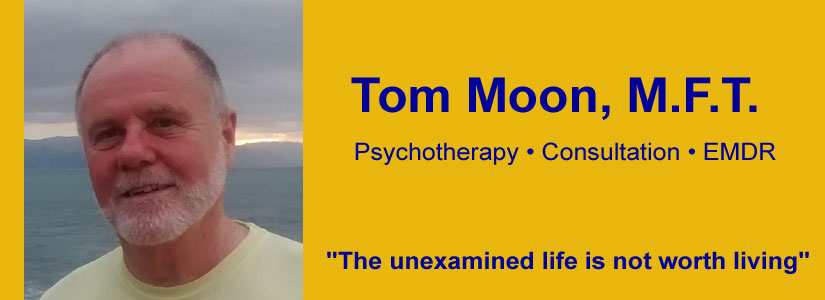Are you on our own side? I don’t mean are you on your own side against others but rather, are you consistently loyal to your own well-being and highest good? When you make mistakes, are you self-forgiving and patient with yourself, or are you angry and self-punitive? When you go through hard times do you treat yourself with acceptance and self-compassion, or with self-blame and guilt? Do you treat yourself as a close friend, or do you sometimes see yourself as an enemy?
We humans have an amazing capacity to turn against ourselves. One effect of growing up in a competitive society like ours is that almost everyone in our culture seems to have an “inner critic” which relentlessly evaluates our performance in the tasks of life, and consistently finds it deficient. The attacks of the inner critic contribute to many problems – anxiety and depression, dissatisfaction and despair, addictions and compulsions, and so on. And when we turn against ourselves, we lose motivation to overcome our pain or protect ourselves from abuse from others. We may also stop making the effort to meet our goals or realize our dreams.
It may be that LGBT people are especially vulnerable to acquiring the habit of harsh self-criticism because so many of us grew up with a conviction of our own “basic badness” – a sense that in some vaguely understood way we’re out of step and not who we’re supposed to be. Even for those of us who have long ago embraced our sexuality, our inner critics often continue the habit of telling us that we’re unlovable or unworthy of our own respect.
But the good news in all of this is that, just as self-denigration is learned behavior, self-compassion is also a skill which can be taught and learned. I’ve become convinced that meditation and concentration techniques exist, which, when practiced regularly, can do much to make us friendlier to ourselves. All of the practices are based on the premise that we can develop the kinds of qualities we want to have by deliberately “inclining the mind” in their direction.
Here is a brief description of a practice which is very helpful in generating self-compassion:
Sit in a relaxed posture and close your eyes. Imagine that, behind you and slightly above your head, are beings who love you and wish you well. These beings can be family or friends; they can be spiritual figures; they can even be purely imaginary beings or pets who have a special love for you. These beings have your back. Imagine them radiating love and compassion into you. Bask in that warmth like a puppy lying on a rug in the sunlight. Once you’ve evoked feelings of comfort and safety, bring to mind a specific worry you may be currently having, such as concerns about your health or finances. Imagine that your loving beings are sending love in the form of compassion into the heart of your worry. You might go through several worries in this way. If your brain pairs the worry with the experience of being loved and cared for, you will find that the intensity of the anxiety diminishes. At the end of the practice, let go of visualizing both your worries and the loving beings, and spend a few minutes basking in the soft glow of compassion and safety which the practice has evoked.
Regular practitioners find that, once they are intimately familiar with the bodily experience of self-compassion they find it easier to evoke that felt sense of it at will
Another powerful practice is something I call the “fake it until you make it” method. Next time you’re faced with a difficult decision and don’t know which way to go, ask yourself “What would I do in this situation if I completely loved and respected myself and always acted in my own best interests?” When you get an answer, do it. If your inner critic calls you “selfish,” remind yourself that when you take care of your own needs and pursue your own dreams, then you also have more to offer others.
